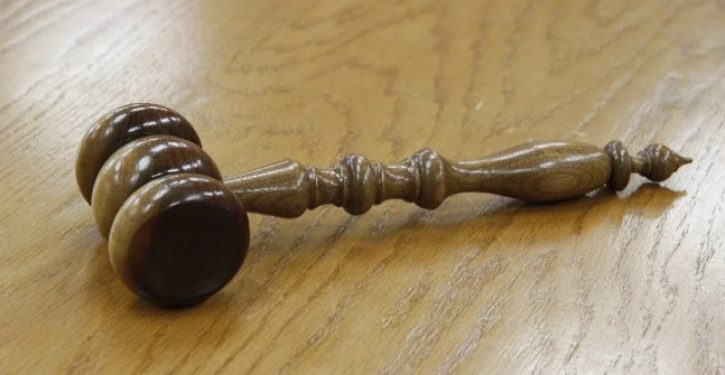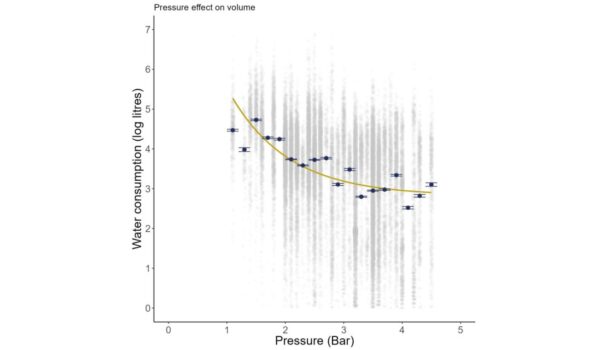
Judges often have the power to issue orders even if they are not specifically requested by any party in the case. For example, judges can issue a summary judgment dismissing a lawsuit, or ruling in favor of the plaintiff in some cases, even if neither side requests it — although they have to first give the party against whom they rule notice of their potential ruling and an opportunity to be heard against it.
But what about an injunction banning harassment? The Indiana Court of Appeals ruled on March 13 that judges can’t issue injunctions against harassment that aren’t requested by the victim, even if doing so might remedy problems complained of by that victim.
Here is an excerpt from P.S. v. R.S., a unanimous ruling by the three judges on the appeals court panel. For clarity, the plaintiff, “R.S.”, is referred to as Student below, and “P.S.” is referred to as Detractor:
At the beginning of his sophomore year in high school, [Student] created a video of himself “spelling … out a racist slur.” The video surfaced on social media during [Student]’s senior year in high school, and the video continues to circulate on social media.
[Detractor], a concerned citizen, saw the video and began commenting about it and [Student] on her publicly accessible social media page. [Detractor] “ke[pt] posting and reposting negative things against [Student,] … and … calling him out by his name as well.” And [Detractor] and other citizens appeared at the local school board meeting to “try[ ] to get some type of disciplinary” action imposed. [Student]’s father (“Father”) contacted [Detractor] and asked her to remove the video from her social media feed so that Father could “take care of [disciplining his son] in-house.” [Detractor] complied with Father’s request but “then [the video] came back numerous times [and] other people started sharing it.”
On May 3, 2023, [Student] filed a petition for a protection order against [Detractor], alleging that [Detractor] had used social media to stalk [Student], slander him, and disseminate false information…. [Student] testified that in making the video, he made a “dumb, stupid mistake” three years ago that had been circulating on social media for the “past seven [ ] months[,] and [Detractor] has been slandering my name.” Father told the trial court that the “only thing [Father and [Student]’s mother] have asked for from day one [is to] let us take care of our son, … but again, … [Detractor] seems to keep … posting and reposting negative things against him.”
[Detractor] testified that she never contacted [Student] or his family, and that she “[d]idn’t know where they lived, didn’t know anything.” [Detractor] further testified that she did not “have any interest in targeting [Student on social media],” but that she believed it important to continue to comment on the matter. She told the court that in her future social media posts, she would “probably” “comment on” [Student] and any other individuals who had been involved with the video incident.
After hearing the testimony, the trial court denied [Student]’s petition for a protection order, ruling that “there’s not grounds” to grant it. The court then sua sponte imposed what it termed a “mutual restraining order” on both parties, prohibiting them from—among other activities—communicating, harassing, or threatening each other directly or indirectly, including on social media. Specifically, the trial court instructed the parties as follows:
THE COURT: Alright, so here’s what I am going to do. I am going to order both of you to not to [sic] communicate, not to harass, not to threaten each other in anyway [sic] shape or form, individually, directly, or through third … parties or any form of social media. And I’m not granting the Protective Order, that’s denied cuz [sic] there’s not grounds for a Protective Order. But I am granting a mutual restraining order so the two … of you leave each other alone. And if there’s things that need to be addressed ah, as far as involvement and the school corporation or contacting law enforcement or amongst your friends that’s perfectly fine. But, obviously there’s been months of back and forth on social media where negative things were said on both sides and it’s both of you just need to be adults and there’s no reason for it. So do you understand ma’am? …
The judges ruled that the trial court lacked the authority under state law to just issue the order on its own, without the parties’ specifically seeking it. They also ruled that the trial court’s order didn’t satisfy the “specific requirements apply for every restraining order granted without notice,” such as “defining the injury, stating why it is irreparable, … stating why the order was granted without notice,” and including a temporal limit in the order so that it would last no more than the short period before a full hearing. Because the judges overturned the trial court’s order for those statutory reasons, they didn’t address whether the order violated the First Amendment, as the detractor’s lawyers argued. The critic was represented by the ACLU of Indiana.



